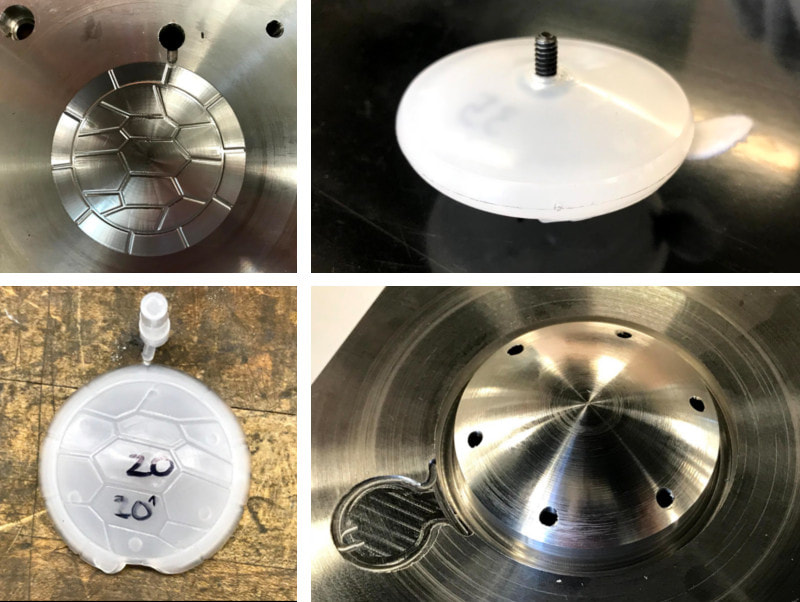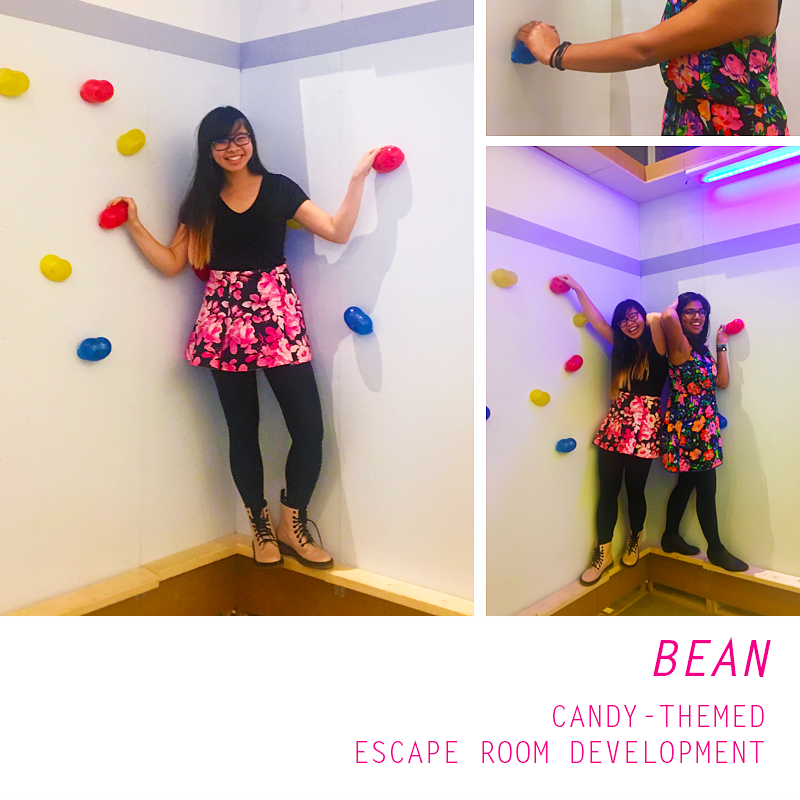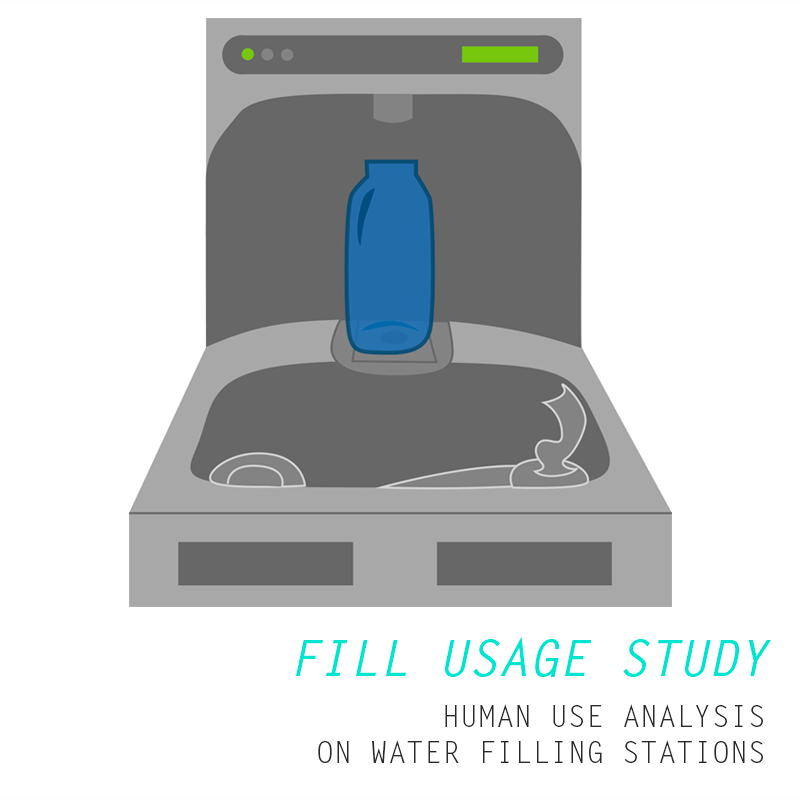manufactured yoyos
design, development, and manufacturing of 50 yoyos
methods: design for manufacturing, injection molding, thermoforming, mill, lathe, machine shop tools, assembly
tags: consumer product development, toys
outputs: 50 manufactured yoyos + stands
tags: consumer product development, toys
outputs: 50 manufactured yoyos + stands
the brief + the concept |
I designed and manufactured a "Tortoise and the Hare"-inspired yo-yo along with team members Thulith Edirisinghe, Joshua Graves, Mario Macedo, and Elizabeth Vasquez. We created both aluminum and 3D-printed molds that would allow us to mass-manufacture 50 yo-yos and stands, using methods such as injection molding and thermoforming. Here is a video introducing the yo-yo and the team, and here is a blog that the team maintained throughout the semester.
Our final yo-yo is an assembly with four main parts as well as a stand that it rests on. The assembly consists of two body parts that screw into each other and two custom-made parts that snap onto the body parts. Inspired by Aesop's fable The Tortoise and the Hare, our yo-yo immortalizes the race. One of the custom parts is a turtle shell with the head insert-molded, and the other is a hare body with the tail insert-molded. The yo-yo is entirely injection-molded and the stand is thermoformed. The fable of how our yo-yo was created begins with a small five-person team, reluctantly awake for our 9 am lab. We madly brainstorm ideas for our yo-yo design, ranging from various foods that we were craving to circular objects that would lend themselves well to the design. We tossed around ideas, sketching them out quickly. Because a yo-yo is a toy, we wanted something cute and fun, something that would inspire delight and play. Somehow, the idea came that we could draw inspiration from children's fables. I started imagining cute baby animals snuggling into the rounded curves of a yo-yo. Wouldn't it be cute to have a tortoise and hare chasing each other around in a race? |
sketching + CAD |
I made the sketches on Adobe Illustrator, and my teammates liked the idea. Thus, the inspiration was born, and we named ourselves Team Aesop after the original creator. The sketches were transferred into CAD models in Solidworks. We 3D-printed the parts to test for size and feel, and made appropriate adjustments. We went through several iterations to make sure that the form factor would be just right.
Once we were satisfied, we turned the CAD of the parts into core and cavity molds that could be used for injection molding, and used Mastercam to generate CNC paths in order to machine the molds. The molds were 2D and 3D machined on CNC mills and CNC lathes. This was one of the most difficult parts of the process, because the machining of the half-dome structures would take some time, and any mistake meant a reset of a couple of hours. Channeling the patience of the tortoise and the help of the folks who ran the machine shop, we were finally able to machine the parts to satisfaction. |
injection molding |
Then it was time for injection molding, which I was most excited about. After calculating proper shim thickness and ejector pin length, we inserted the molds into the injection molding machine and tweaked parameters to optimize part quality and cycle time. We were conservative with our shot sizes at first, so the machine spewed out turtle shells and hare bodies in halves, and gradually adjusted upwards until the contours filled out. Heating would also be an issue, because too much heat would warp the plastic, so we adjusted parameters until we got the process just right and our parts were no longer deformed. Once we got the process right, making the rest of the parts were as quick as the hare hopped. In parallel, the stand had a 3D-printed mold and was created using thermoforming. For thermoforming, finding the right parameters to minimize warping was a crucial detail as well.
|
assembly |
After making 50 sets of parts, we assembled the yo-yos, adding a screw, sleeve, and of course the string. The five of us became a mini-assembly line, twisting the parts together and wrapping around the string in rhythm. After four long months, fifty yo-yos emerged out of a fable.
The turtle half of the yo-yo consists of a lime green body part and a caramel-colored shell. The shell was probably one of the hardest parts to make because the intricate pattern of the mold for the shell had to be 3D-machined on the Haas. It took multiple tries for the machining to work, and the machine cycle time for the engraving of the shell was around five to six hours. We cut out felt pieces for the head because our vision was to have something light sticking out of the piece that would exactly mirror the hare’s tail, choosing felt instead of plastic so that it wouldn’t interfere with the rotational dynamics of the yo-yo. In order to create the injection-molded shell with the head inserted into it, we added a pocket to the mold that the felt piece would easily slide into. We figured out a trick of dipping our finger in a bit of water and adding it to the pocket, which is just enough to cause the felt to stay in place instead of falling out. This trick allowed us to successfully run an injection-molded shell with the felt as an insert-mold. |
The hare half was made in much the same way. It consists of a white body part with a white hare that would snap fit on top. The detail on the hare included a face and ears, which were colored in with a permanent marker, and included an insert-mold of a felt tail. The core for the hare part was the same as the one we used for the turtle part; we just switched out the cavities. The process for inserting the felt tail was also the same process as inserting the turtle head.
thermoforming |
Finally, the stand was made via thermoforming. The stand is a rounded platform that the yo-yo can rest comfortably on, with designs of turtles and hares all around it. Like the fact that our turtle and hare on the yo-yo chase each other around in an infinite race as the user twirls the string, the turtles and hares on the stand also chase each other around in a never-ending race. The stand is spray-painted green so that multiple stands adjacent to each other would resemble a field of grass, and finished off with additional black-and-brown detail.
Overall, the process of making the yo-yo immersed us in concepts crucial for design for manufacturing and mass-manufacturing. I had a lot of fun with my team as we brought a fable to life! |






